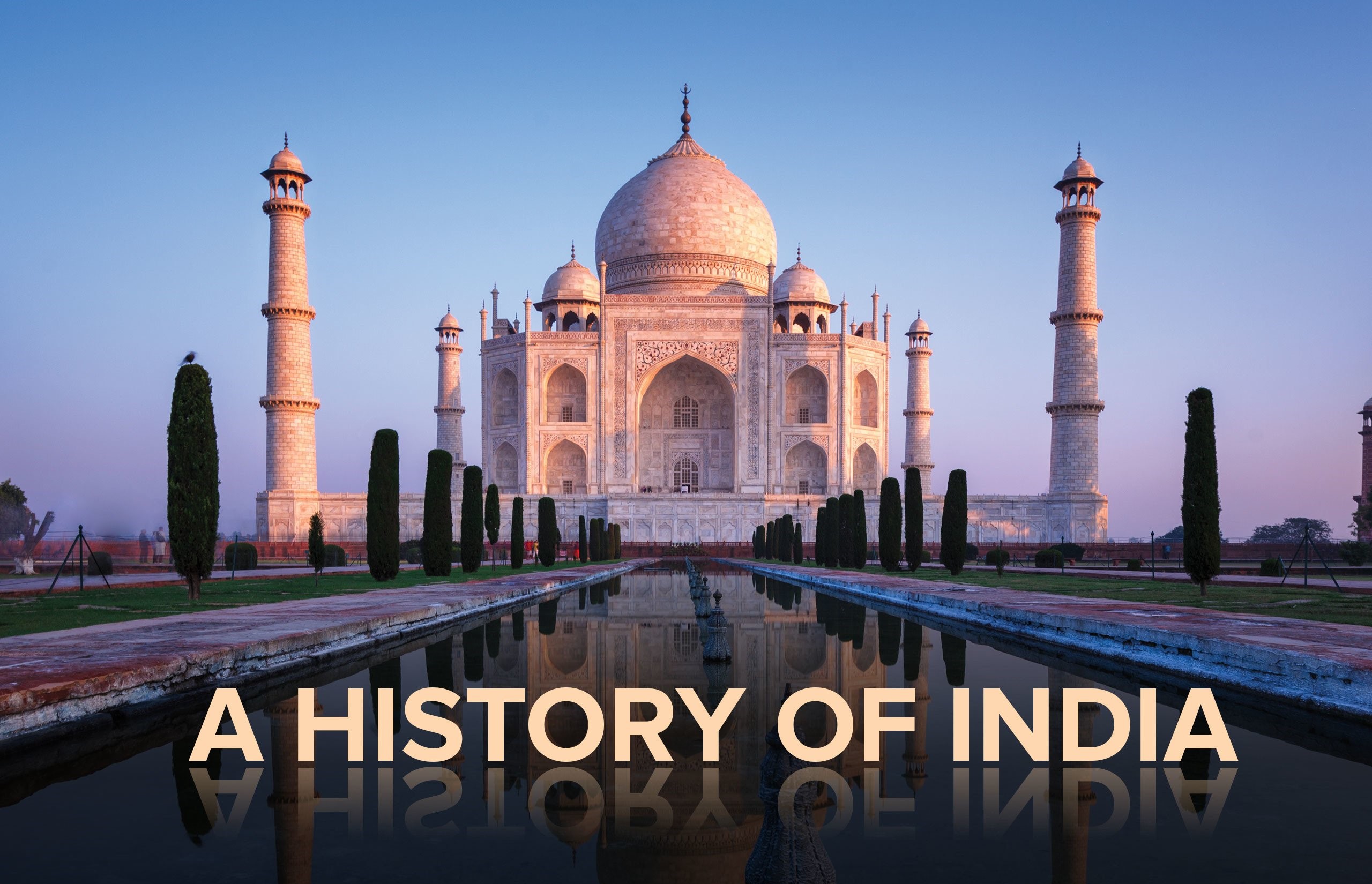Foreign Invasions
Foreign Invasions
I. Iranian/Persian Invasion—Darius's Invasion (518 BC)
» The Achaemenian rulers of Iran (Persia), who expanded their empire at the same time as the Magadhan princes, took advantage of the political disunity on the North-West Frontier of India.
» The Achaemenian ruler Darius I (Darayabahu) penetrated into North-West India in 518 BC and annexed Punjab, West of the Indus and Sindh. This area constituted the 20th province (Kshatrapi) of Iran, the total number of provinces in the Iranian empire being 28. This province was the most fertile area of the Iranian empire. From this province the empire received 360 talent gold as revenue.
» The Indo-Iranian contact lasted for about 200 years.
Effects of Iranian Invasion
1. It gave an impetus to Indo-Iranian trade and commerce.
2. Through the Iranian, the Greeks came to know about the great wealth of India and this eventually led to Alexander's invasion of India.
3. The Iranian scribes brought into India a form of writing which came to be known as the Kharosthi script. It was written from right to left like the Arabic.
4. Iranian influence on the Maury an Sculpture is clearly perceptible, especially in the bell shaped capitals. Iranian influence may also be traced in the preamble of Ashoka's edicts as well as in certain words used in them.
II. Macedonian Invasion—Alexander's Invasion (326 BC)
» In the 4th century BC, the Greeks and the Iranian fought for the supremacy of the world. Under the leadership of Alexander of Macedonia the Greek finally destroyed the Iranian empire.
» Alexander succeeded his father Philip to the throne of Macedonia. He was then only 20 years of Age.
» From his very childhood he used to dream of world-conquest. He quickly conquered many areas.
» As a preliminary step to conquer India the Kabul vally and the hilly area of North-West frontier were conquered, and he reached Ohind near Attack in 326 BC.
» The rulers of Taxila and Abhisara submitted but porus (Puru) refused to do so.
» Alexander the crossed the Jhelum by a trick. Porus was defeated in the battle that followed, but Alexander treated him very generously for his bravery (Battle of Vitasta i.e. modem Jhelum, Greek-Hydaspes – 326 BC).
» This was how the Indians were defeated because of their disunisty.
» After a brilliant victory at Sakala, the Greek forced reached the Beas. Alexandar has to return from this placed as his soldiers refused to go any further. The battle of Jhelum and Sakla has opened their eyes and they were afraid of the great Magadhan empire across the Beas.
» After making administrative arrangements for the conquered territory, Alexander marched back in Sep. 325 BC.
» He reached Babylon in 323 BC where he died at the age of 33.
Effects of Alexander's Invasion
1. By opening up both the land and sea routes between India and Europe, it brought both of them closer to each other.
2. Indirectly this invasion made possible the establishment of Indo-Bacterian and Indo-parthian states, which at a later stage considerably influenced India architecture (Gandhara school of sculpture ) astronomy, coinage etc.
» The invasion opened the eyes of Indian politicians to the necessity of creating a unified empire.
» The date of Invasian of Alexander is the ‘first reliable date in early Indian history’ and considerably helps us in solving us in solving chronological difficulties.
